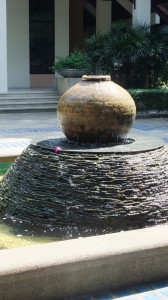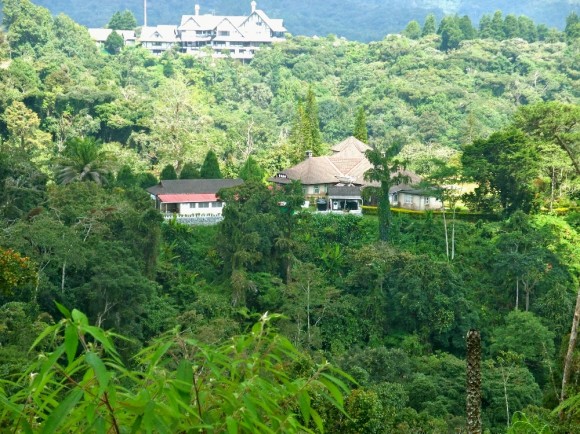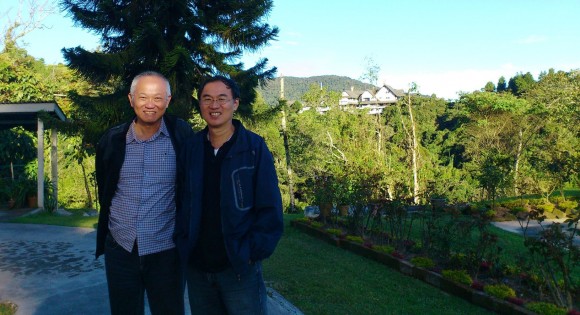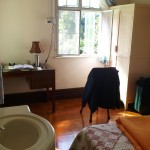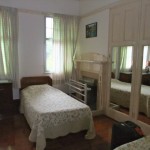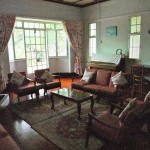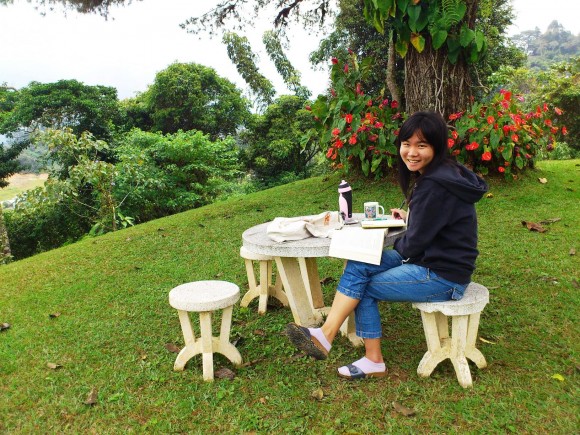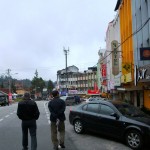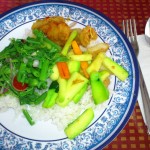Vertigo is literally nauseating and crippling. It happened to me two Saturdays ago. I woke up to go for a Saturday trek to Bukit Timah hill but everything around me spun and I was totally disorientated and vomited. With my hands on my wife’s shoulder, I went to a clinic nearby and was given medication to snuff out the symptoms for a few days. Over the weekend I simply rested and slept like a sardine, still and stiff, speaking my healing and talking to the Lord, and faithfully taking my medication. It was an enforced retreat. I had been thinking of going to Cameron, to my favorite retreat and rest place, but never acted on it. So I reflected, wrote my journal, prayed and read scriptures.
When I was better a few days later and about to go out for an appointment, it hit me again. So another round of going to the doctor and receiving medication. Thank God for doctors and thank God for church elders. Two elders and their wives came by to my home to pray for me with the anointing of oil, and I felt the warm power of the Spirit on my right palm. Over the weekend I improved quickly and was able to move my head briskly and freely without giddiness by Monday. Thanks be to God.
Going back to office and having the mobility makes me appreciate the blessedness of being healthy. I feel for those whose illness give them untold suffering and restrictions of all kinds. Even medicine cannot cure them. Besides caring for the sick, may all believers also earnestly desire the spiritual gifts to alleviate the suffering of the sick. Amen.
